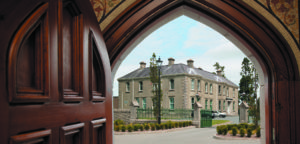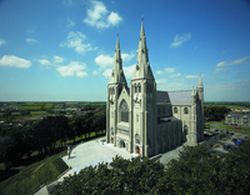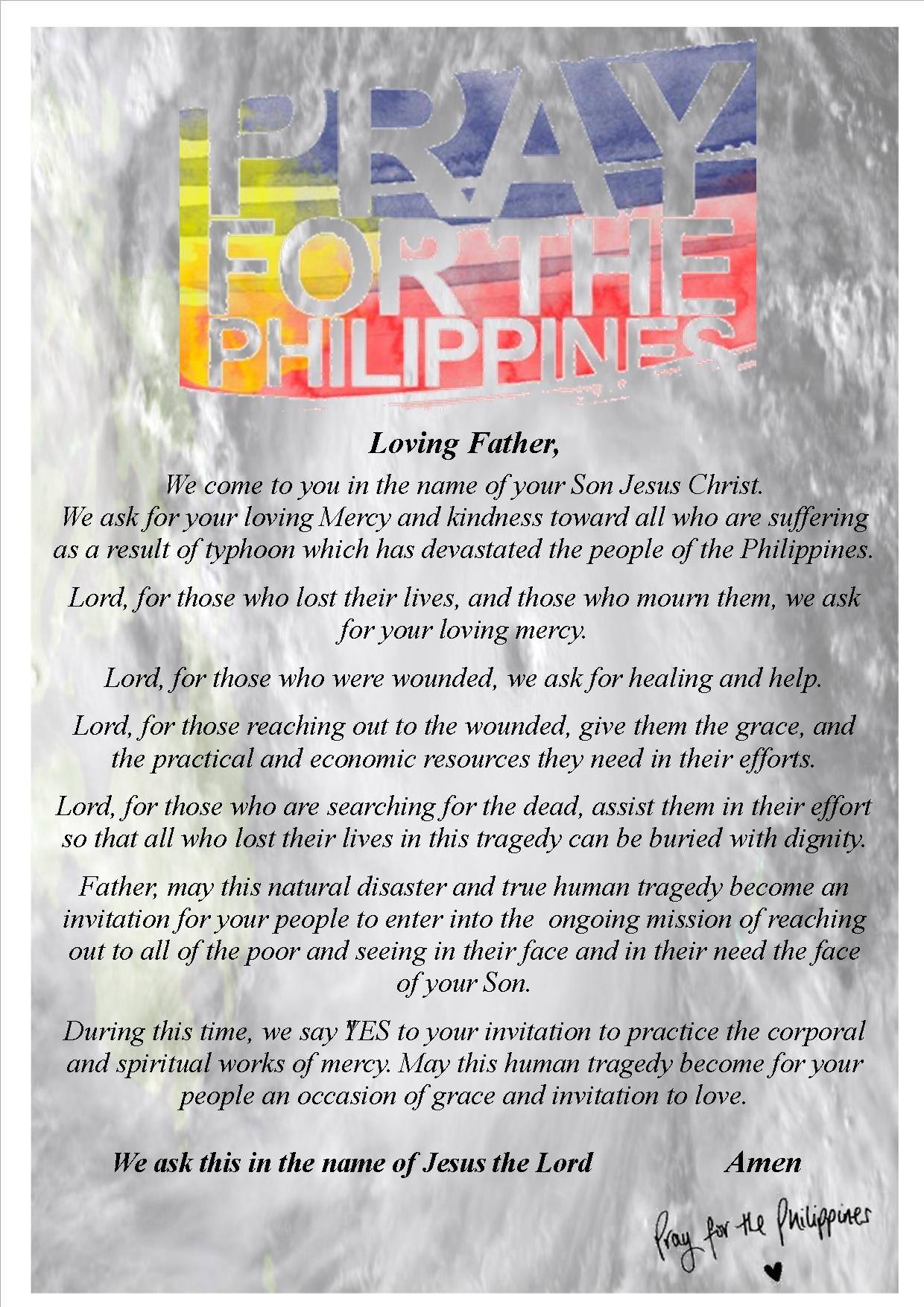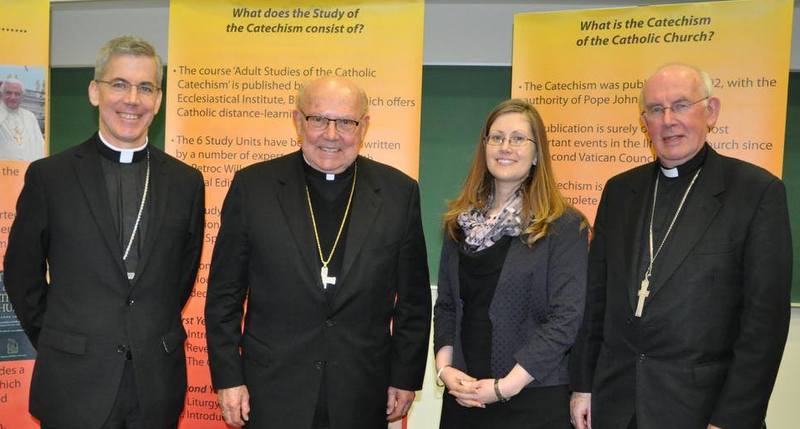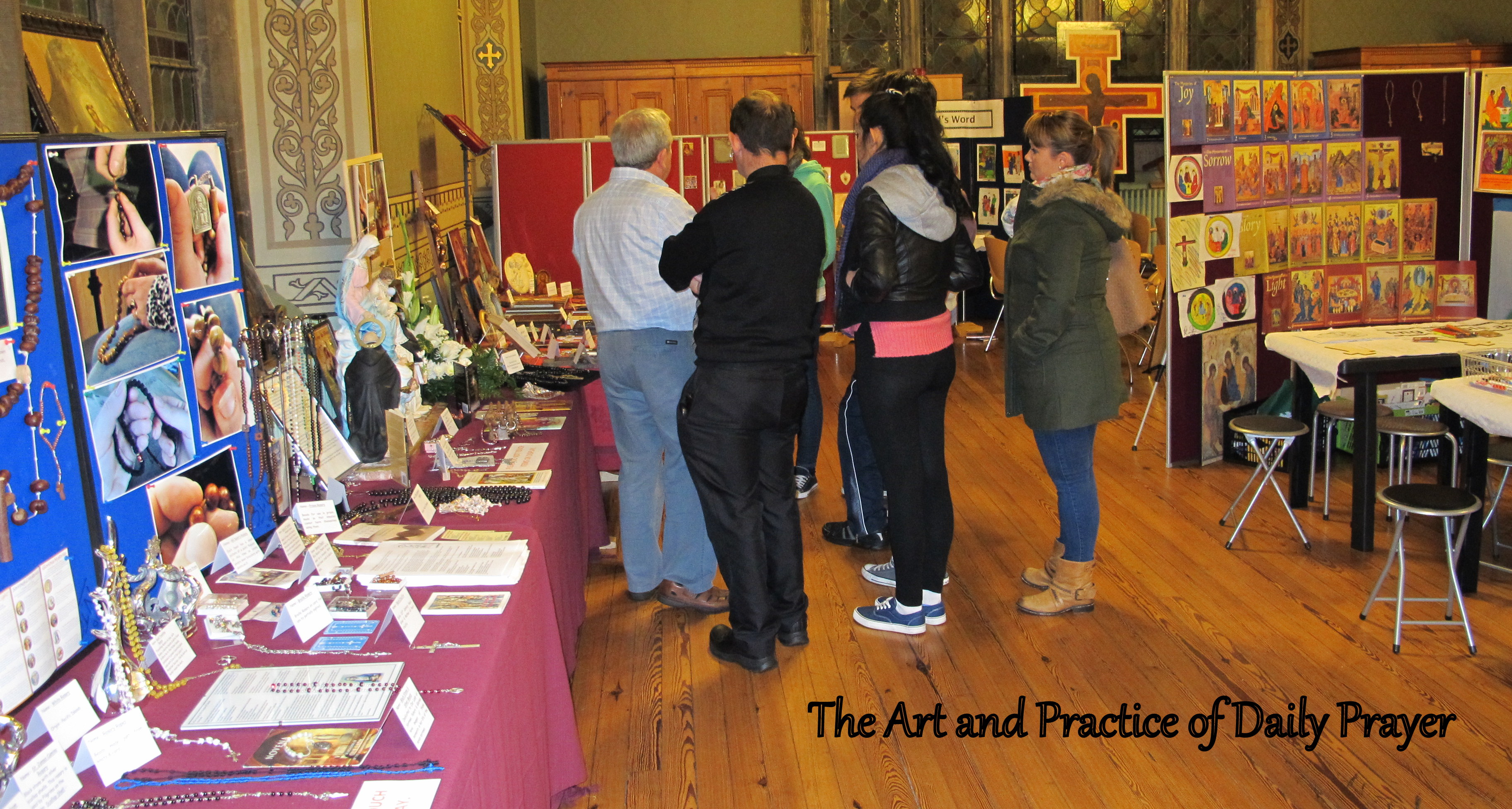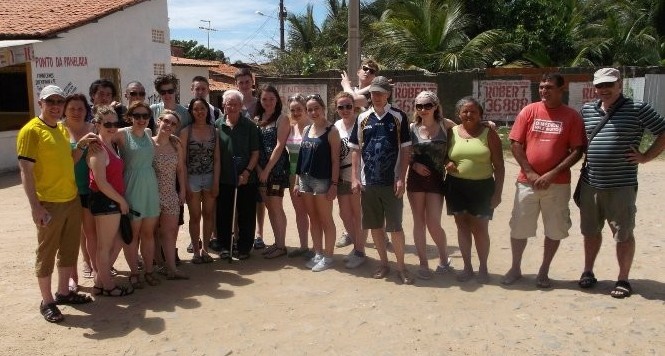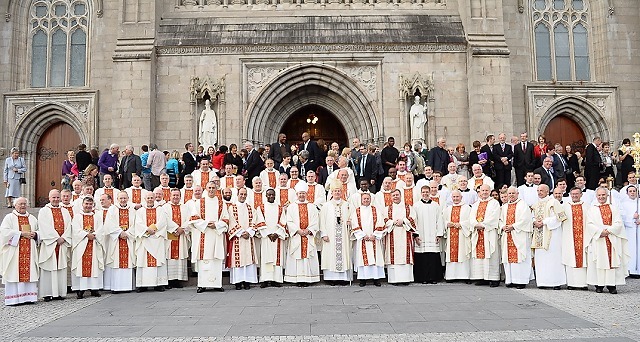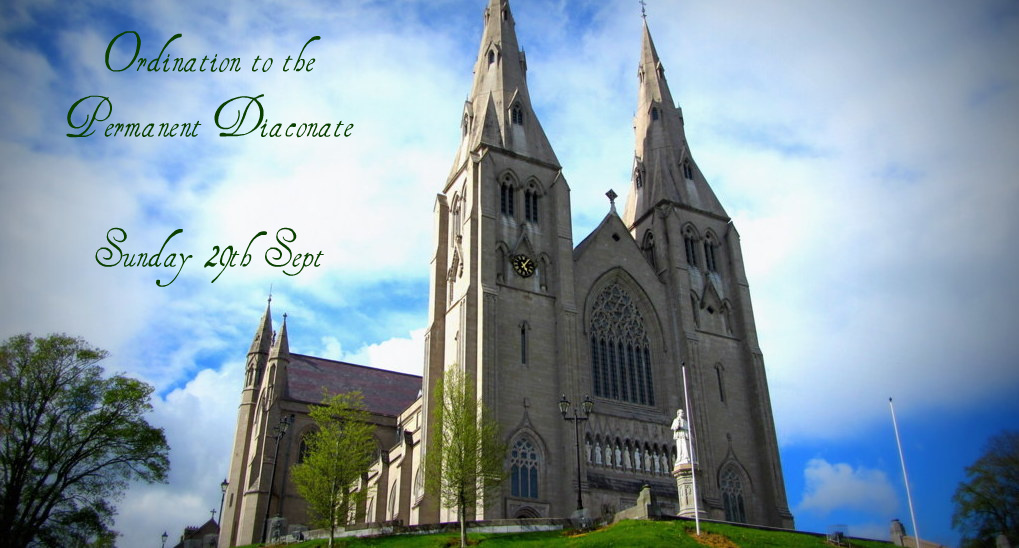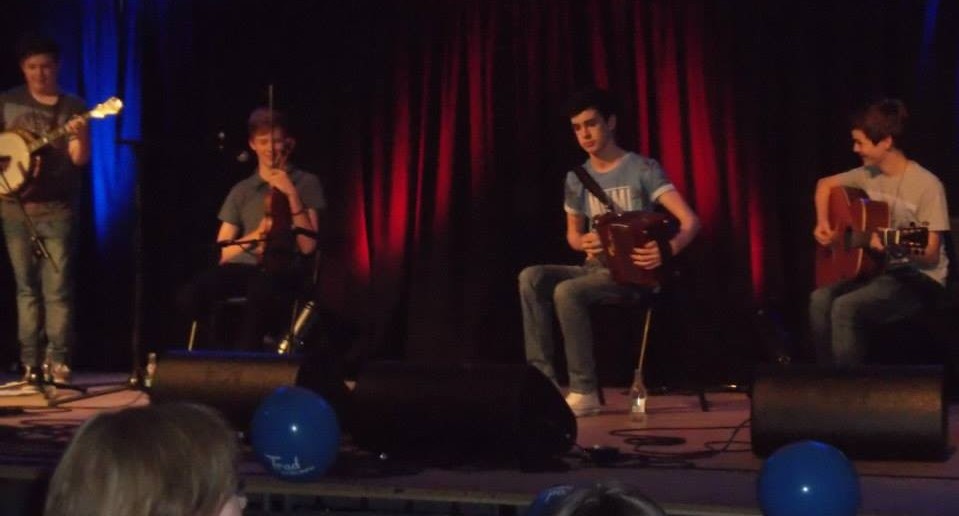“My dear brothers who are about to be ordained, never be afraid to admit that we are all imperfect; we are merely ‘earthen vessels’, whom God has chosen to fill with his love, so that we in turn might pour out that love and mercy on others. We need to allow God to wash our feet, our hands, our heads, our whole lives in his fountain of mercy! It was interesting that when Pope Francis was asked in his recent interview to describe himself, without hesitation he said: ‘I am a sinner whom the Lord has looked on’” – Archbishop Martin
Will you let me be your servant; let me be as Christ to you?
Pray that I may have the grace to let you be my servant too?
The front cover of today’s ordination booklet shows an icon of ‘Christ the Servant’. At the Last Supper, Jesus knelt down with basin and towel and washed the feet of his disciples. It was an act of great humility; Jesus did the job of the lowliest servant in the house – to wash the dirty, and probably stinking, feet of guests who’d been walking all day in the hot and dusty streets of Jerusalem. No wonder Simon Peter objected when it was his turn: ‘No way, Lord!’ You are never going to wash my feet!’ But Jesus said to him: ‘If I do not wash your feet, you can have no part with me… If I your Lord and Master should wash your feet, then surely you should wash each other’s feet… Now you do not realise what I am doing, but later you will understand’. This was not mere lip service. The very next day, Jesus would humble himself still further, becoming the ‘suffering servant’ and accepting the disgrace of death on a cross.
Andrew, Benignus, David, John and Martin, you chose the icon of ‘Christ the Servant’ for your ordination booklet today because you know that deacons are essentially called to serve. Diakonia means ‘service’. What a challenging, but wonderful calling this is! We thank you for generously accepting Christ’s call, and we also thank your wives: Mary, Celestina, Ciara, Joan and Ursula, for generously supporting you in making this choice. They, and your children, will continue to share with you the exciting journey that lies ahead as Christ gradually unfolds the particular mission and ministry that he has prepared for each one of you.
By the ‘washing of the feet’ and by his death on the cross, Jesus turned upside-down the normal understanding of power and greatness. He had said ‘the greatest among you must be the least’. Now He lived that out, by example, showing that the measure of greatness in the Kingdom of God is not power, influence, control or riches, but rather: service, humility, compassion and charity.
Pope Francis made the same point within the first weeks of his papacy, when he celebrated Mass of the Lord’s Supper at a prison in Rome and washed the feet of a dozen convicted young offenders. Video and photographs show Pope Francis washing and kissing black feet, white feet, tattooed feet, male feet, female feet, the feet of Christians, the feet of a Muslim. In doing so, he told the young detainees: “This is a symbol, it is a sign – washing your feet means I am at your service.” But then he called them to be servants too! He told them: “Do not lose hope. Help one another.”
Again and again, Pope Francis has been emphasising that true Christian service is inspired by Christ, the Suffering Servant. It is all about reaching out beyond ourselves, to those who are isolated, forgotten, poor or marginalised. If we don’t do that, the Pope says, we risk merely becoming “like dealers in antiques and collectibles instead of pastors, ending up dissatisfied and sad.” Christian service is about going out to the edges, seeking out those who are least fortunate and saying to them: “Will you let me be your servant; let me be as Christ to you?”
But this moment of service is not all ‘one way’. In the encounter, we can open ourselves up to grace, because in serving the lowly, the suffering and most needy people around us, we ourselves are changed. In bringing love to others we ourselves are loved and transformed, because God is in the interchange. Where charity and love and service are found, God is there! And so, as the words of the hymn suggest, in our service we should pray that we will have the grace to let those we serve be our servants too!
Remember Peter. When Jesus approached him with basin and towel, Peter found it difficult to open himself up to that moment. Was it that he did not want to admit his own frailty and weakness, his need to be cleansed of the dirt and sin in his life? Did he feel that he didn’t deserve the mercy and love which Jesus longed to pour over him?
If we are to be true icons of ‘Christ the Servant’, we must realise that we ourselves are in need of God’s love and forgiveness. Not only our feet, but nothing in our lives is completely free from blemish and imperfections! My dear brothers who are about to be ordained, never be afraid to admit that we are all imperfect; we are merely ‘earthen vessels’, whom God has chosen to fill with his love, so that we in turn might pour out that love and mercy on others. We need to allow God to wash our feet, our hands, our heads, our whole lives in his fountain of mercy! It was interesting that when Pope Francis was asked in his recent interview to describe himself, without hesitation he said: “I am a sinner whom the Lord has looked on.”
It’s almost fifty years now since the Second Vatican Council restored the ancient ministry of permanent diaconate in the universal Church. We rejoice today that you: Andrew, Benignus, David, John and Martin will be the first permanent deacons to be ordained in the northern dioceses of Ireland. As married men, fathers, grandfathers in some cases, you will continue as ordained men to make your living in the world. That will put you in a unique position. You will have a particular point of contact with the lay faithful in your workplaces and in the community. As permanent deacons you will therefore be able to build bridges between the lives of the People of God and their priests and bishops. You can be witnesses at the forefront of renewal and new evangelisation in the Archdiocese of Armagh! Like the ‘seventy two’ who are sent out in today’s gospel story, you are being sent out to bring peace, hope, healing to God’s people and you can reach them in ways which we as priests and bishops cannot. In the months and years to come, as you reflect on your experiences as permanent deacons in the parishes of this diocese, you will have so much to offer as we plan and prepare to hand on the faith to the generations of your children and grandchildren.
Do not be afraid to call people to that same closeness and friendship with Jesus which you yourselves have nourished. Call them to their personal mission and service as lay people, just as you have been called to a particular service as deacons. When Blessed Pope John Paul II came to Limerick, thirty-four years ago almost to this day, he reminded the lay faithful of Ireland that they too are called to be: “a holy priesthood”, to be “the salt of the earth” and “the light of the world”. He said that it is the specific vocation and mission of lay people “to express the Gospel in their lives and thereby to insert the Gospel as a leaven into the reality of the world in which they live and work’. ‘In that
way”, he continued, “the world will be transformed from within by Christ’s redeeming power.”
That is the real challenge facing all of us today, as lay people, permanent deacons, priests and bishops: – to ‘transform the world from within’. And the best way we can do that, is by accepting the challenge to become icons of “Christ the servant.”
Instruction
My dear brothers and sisters, these men are about to be ordained as permanent deacons. Consider carefully the ministry to which they are called: The Holy Spirit will strengthen them to serve the Church as ministers of the Word, of the Altar and of Charity. They will proclaim the Gospel, prepare the sacrifice, and give the Lord’s Body and Blood to the community of believers. It will also be their duty at the archbishop’s discretion, to bring God’s Word to believer and unbeliever alike, to preside over public prayer, to baptise, to assist at marriages and bless them; to give viaticum to the dying, and to lead the rites of burial. Once they are consecrated by the laying on of hands that comes to us from the apostles, they will perform works of charity in the name of the archbishop or parish priest. From the way they go about these duties may you recognise them as disciples of Jesus, who came not to be served, but to serve.
Andrew, Benignus, David, John and Martin, as you receive Holy Orders as deacons, follow the example of Christ the Suffering Servant. Do the will of God generously. Serve God and all people in love and joy. Like the men the apostles chose for works of charity, you should be men of good reputation, be filled with wisdom and the Holy Spirit. Show before God and all people that you are above every suspicion of blame, true ministers of Christ and of God’s mysteries, men firmly rooted in faith. Never turn away from the hope which the Gospel offers; now you must not only listen to God’s Word but also preach it. Hold the mystery of faith with a clear conscience. Express in action what you proclaim by Word of mouth. Finally, on the last day, when you go to meet the Lord you will hear him say “well done, good and faithful servant, enter into the joy of your Lord.”
Amen
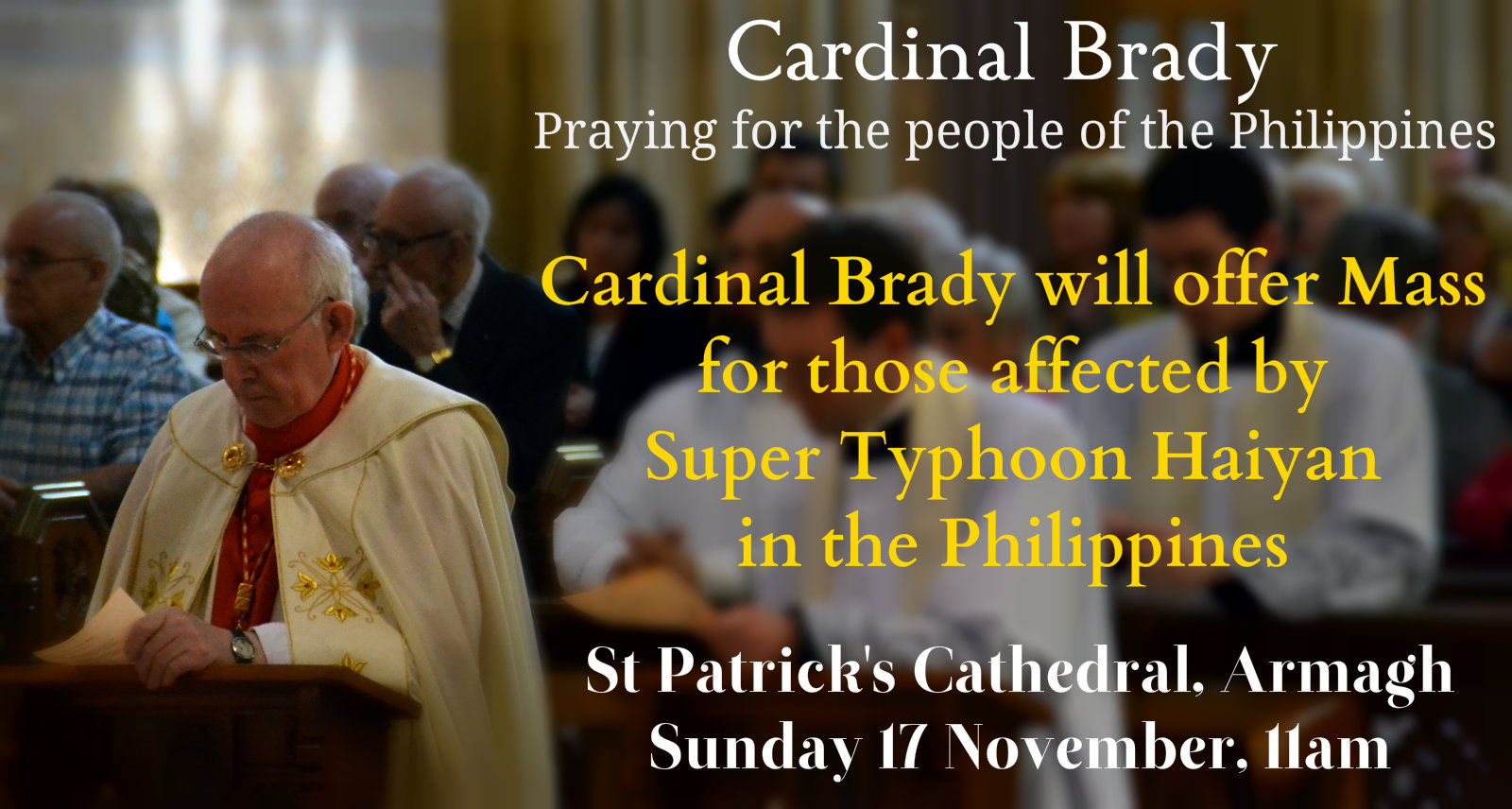 Cardinal Brady will celebrate Mass in St Patrick’s Cathedral Armagh on Sunday 17th November at 11am for the people of the Philippines.
Cardinal Brady will celebrate Mass in St Patrick’s Cathedral Armagh on Sunday 17th November at 11am for the people of the Philippines.
